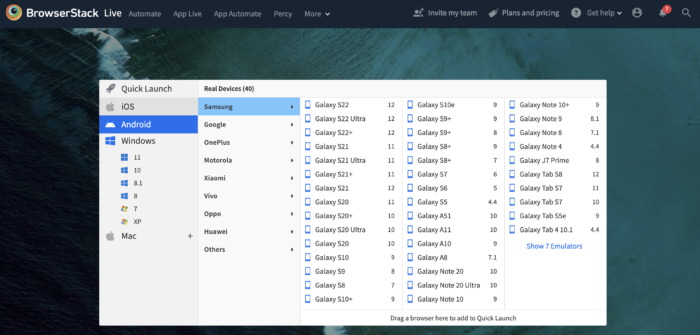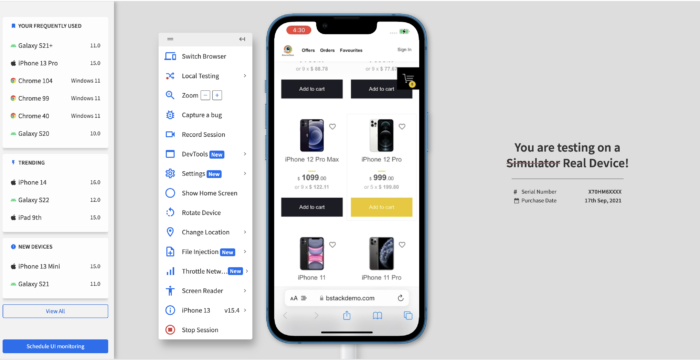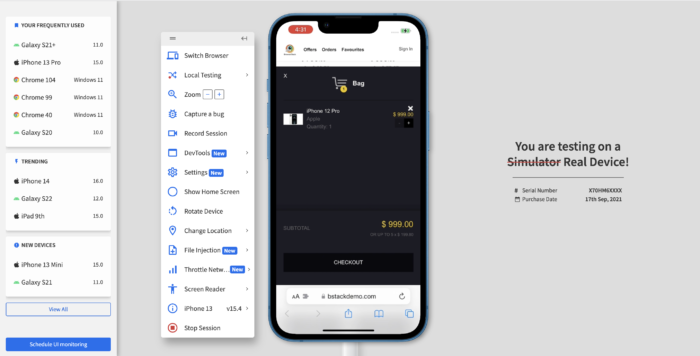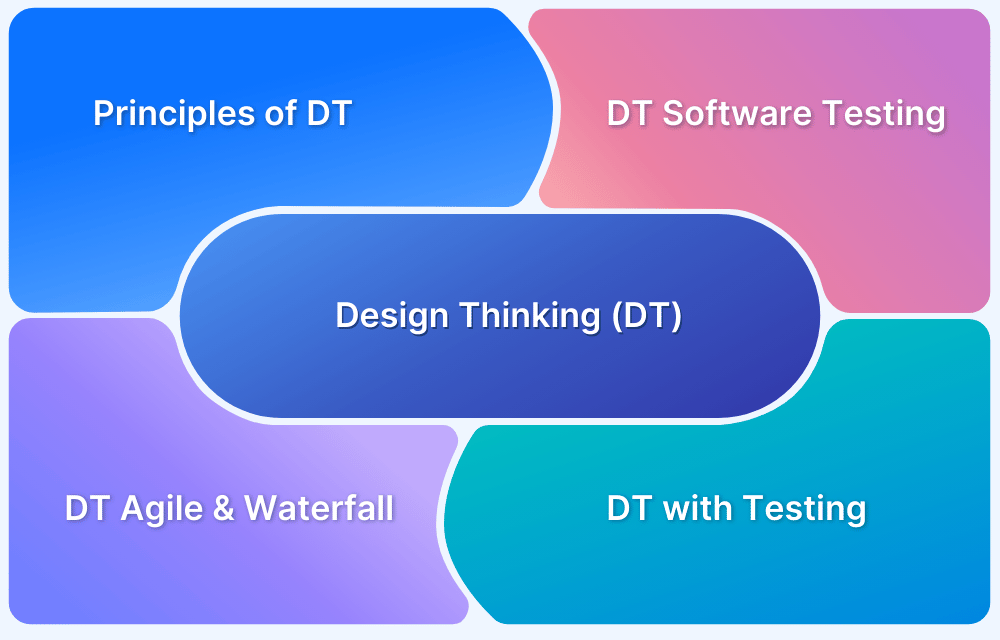What is Alpha Testing?
By Sakshi Pandey, Community Contributor - October 23, 2024
Testing is a vital part of the Software Development Lifecycle (SDLC) that ensures software applications are of high quality and function as intended. As software systems grow more complex, effective testing helps identify issues early, reducing costly mistakes and enhancing user satisfaction. By incorporating testing at various stages, teams can ensure the software meets user needs and business goals.
Alpha testing is an important early phase where the development team and select testers evaluate the software for defects before wider release. This quality assurance step checks functionality, usability, and performance, allowing teams to address issues promptly and ensure a reliable product for users.
This article delves into the nuances of alpha testing, exploring its objectives, its advantages and limitations, and how it differs from beta testing.
- What is Alpha Testing?
- Objectives of Alpha Testing
- Who performs Alpha Testing?
- When is Alpha Testing Done?
- Advantages of Alpha Testing
- Limitations of Alpha Testing
- Difference between Alpha and Beta Testing
- How to perform Alpha Testing?
- How to perform Alpha Testing using BrowserStack: Example
- Best Practices for Alpha Testing
What is Alpha Testing?
Alpha testing is an early phase of software testing where the internal development team checks the software for bugs and issues before it is released to external users. It aims to ensure that the software functions correctly and meets user requirements in a controlled environment.
Alpha testing falls under the category of Acceptance Testing. Some unit or smoke tests of features may have been performed during the development of the software, however it is important to Alpha test the overall completed product in order to catch all possible issues and give the developers a chance to address them before real user tests are carried out.
Alpha testing is done by internal developer and QA teams, with its main goal being to ensure that the software is functional, reliable, and free of any defects or errors. Alpha testing generally attempts to simulate real user behavior by using black and white box testing techniques.
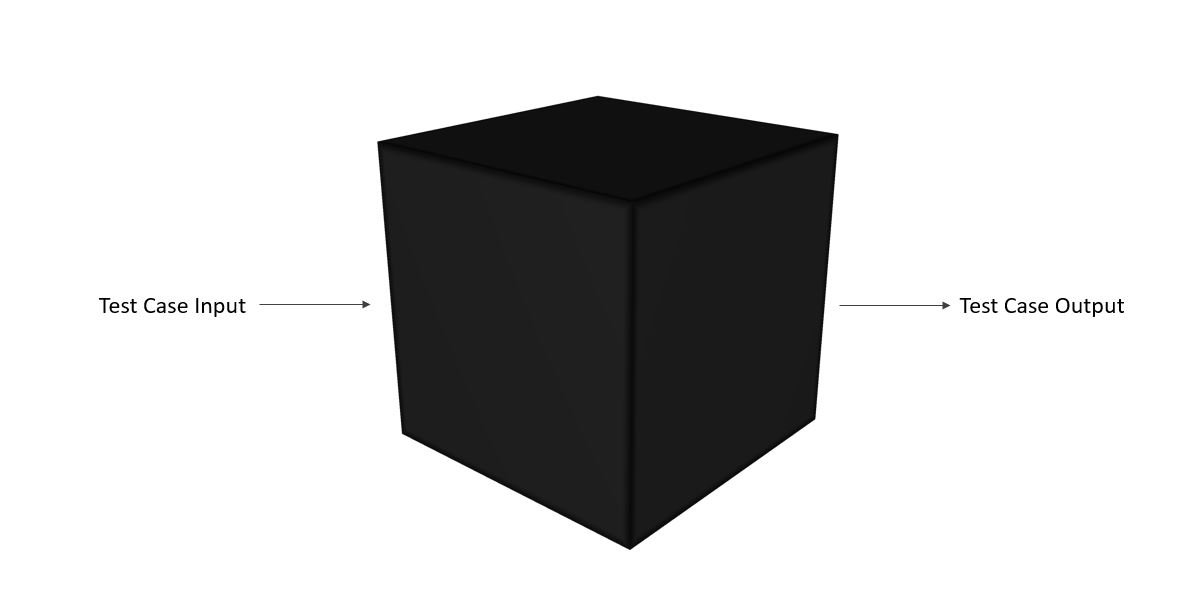
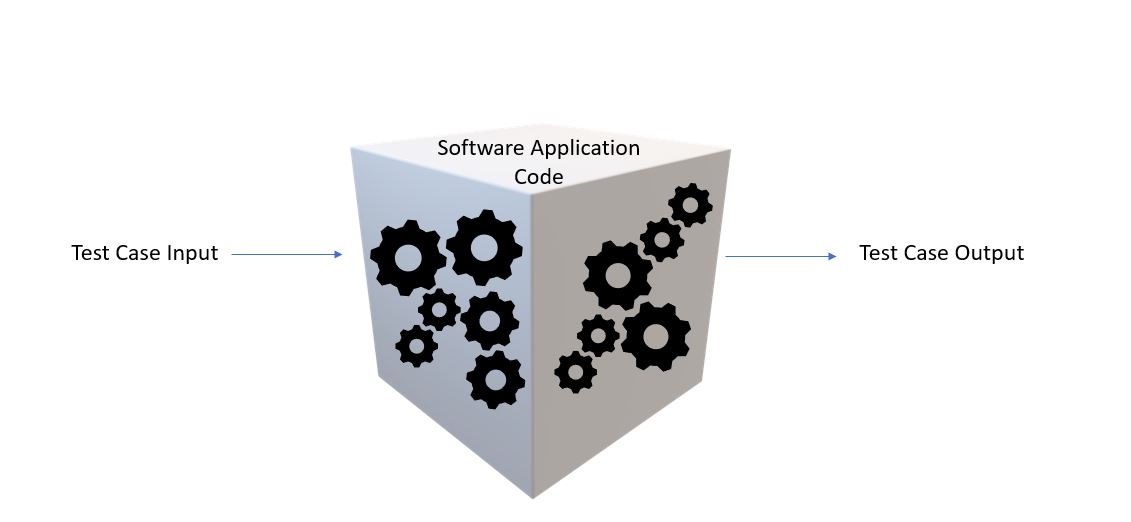
Objectives of Alpha Testing
Understanding what you’re looking for and why is crucial during alpha testing. If the results of this testing are not actionable, it’s best to identify this early in the development cycle. Doing so can save time and money by preventing unnecessary tests later on.
Some of the objectives include:
- Identify Bugs: The main goal is to find and fix defects in the software before it goes to users.
- Ensure Functionality: Alpha testing checks that all features work as intended and meet the requirements.
- Evaluate Usability: It assesses how user-friendly the application is, ensuring a good experience for users.
- Verify Performance: The testing evaluates the software’s speed and stability under different conditions.
- Gather Feedback: Feedback from testers helps developers make improvements and refine the product before the beta phase.
- Prepare for Beta Testing: Alpha testing aims to resolve major issues, making the software ready for the next stage of testing with a wider audience.
Who performs Alpha Testing?
The alpha testing process involves a small group of individuals closely associated with the project who work together to evaluate the software in a controlled environment. These Alpha testers are typically classified as white box or black box testers.
White box testers are technical team members, such as developers, with deep knowledge of the code and an understanding of how the software should function.
In contrast, black box testers are non-technical individuals who focus on real-world scenarios and user experiences. They may be internal employees outside the development team or a select group of users who are given early access to the software in exchange for their feedback, ensuring a thorough evaluation of the software before it moves on to beta testing.
When is Alpha Testing Done?
Alpha testing is the last phase of internal testing. Alpha testing is more thorough than all previous tests, and tests the overall software product end-to-end.
It is generally carried out right after software development before the software is handed over for Beta testing by real users external to the company. It is called Alpha testing since it precedes the Beta testing phase.
Advantages of Alpha Testing
Core advantages include:
- Crucial Insights: Provides valuable information about the software’s reliability and potential issues.
- Early Feedback: Provides early feedback that aids in improving product quality.
- Resource Allocation: Allows the team to focus on other projects by addressing major concerns early.
- User-Centric Design: Enables developers to gather user feedback, benefiting the design process and guiding feature optimization for stakeholders.
- Enhanced Strategy: Improves testing strategies, especially when using tools like Playwright Test, leading to better results.
- Team Confidence: Helps the software team gain confidence in their product before market release.
Limitations of Alpha Testing
Some limitations include:
- Undetected Defects: Some defects may remain undiscovered, as alpha testing primarily focuses on user reactions rather than exhaustive defect detection.
- Time-Consuming for Large Projects: For larger projects already subjected to thorough testing, alpha testing can be time-consuming and may delay release due to the need for extensive test planning and documentation.
- Environmental Issues: While it mimics the production environment, some defects may arise from environmental factors not present in the alpha testing phase.
- Not Always Necessary: For small projects, alpha testing may not be required, as time and budget constraints can make it inefficient.
Difference between Alpha and Beta Testing
Alpha testing is an internal process focusing on functionality and usability, conducted by internal teams in a controlled environment. Beta testing follows, involving real users in real-world settings to assess a broader range of factors like usability and security.
While alpha testing prepares the software for wider testing, beta testing validates its readiness for final release.
| Criteria | Alpha Testing | Beta Testing |
|---|---|---|
| Timing | Done before Beta Testing | Done after Alpha Testing |
| Participants | Performed internally by developers and QA test engineers | Performed by external real users |
| Environment | Performed in a test lab environment | Performed in a real user environment |
| Build Release Names | Build release is called a Alpha Release | Build is called a Beta Release |
| Testing Methodologies | Alpha Testing employs both Black and White box testing techniques | Beta Testing is done by real users and thus only employs Black box testing techniques |
| Focus Areas | Alpha testing focuses primarily on functionality and usability | Beta testing is more diverse, and usability, security, functionality, and design are all provided the same weightage while testing the application |
| Goals | The goal of Alpha testing is to prepare the application for Beta testing | The goal of Beta testing is to prepare the application for release |
| Test Cycles | Many test cycles may be required | Generally, fewer test cycles are required |
How to perform Alpha Testing?
Alpha testing consists of three major aspects. The first is pre-Alpha testing, which is cursory testing that is done in order to ensure that the system is ready for Alpha testing. This is followed by Alpha testing, where all the system’s modules and functions are checked and evaluated. Lastly, post-Alpha testing is carried out simultaneously. This is the stage where developers fix the errors found, parallel to the testers who continue testing and retesting the software.
Perform Alpha Testing on Real Devices
There are two phases to Alpha testing:
Phase 1: During this phase, developers who have strong technical knowledge of the application carry out white box testing. Their goal is to observe the application at a lower level and ensure that it is reliable. This phase of testing looks at the application’s decision coverage, statement coverage, branch coverage, and other features at the code level.
Phase 2: This phase of testing is carried out by QA and mainly focuses on black box testing the application by individuals who do not have technical expertise regarding the application. This phase involves testing certain use cases, cause-effect testing, and decision table testing.
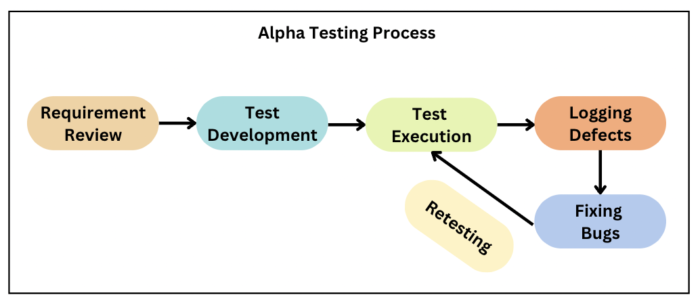
- Alpha tests should be designed according to the functional requirements and design specifications agreed upon.
- These tests should be reviewed, and a test plan should be created.
- The tests should be executed, and defects found should be logged in a detailed manner using a traceability matrix.
- Developers will then fix the defects, and the test will be reiterated.
- Feedback should be collected from all participants for future improvements and review.
- Lastly, a summary report of the Alpha Test should be generated.
How to perform Alpha Testing using BrowserStack: Example
BrowserStack offers a real device cloud which provides access to 3500+ real mobile and desktop devices for Alpha Testing. It helps QAs perform functional tests and debug the application live using chrome and safari devtools on BrowserStack Live.
It makes the triangle of Test Execution > Logging Defects > Fixing Bugs, easier and faster through its video, text, and console logs, where you can debug and test in real time, and also share the findings with your team over Slack, Trello, or Jira.
Try Alpha Testing on BrowserStack
Follow the steps below to get started with Alpha Testing of Website on BrowserStack Live.
- Signup on BrowserStack Live or Log in if you already have an account
- Select the device-browser combination to test on from the Live Dashboard.
- Enter the URL of the website to be tested. Using bstackdemo.com in this example.
- Testing the Add to Cart and Remove from Cart functionalities of bstackdemo.com.
- Verify clicking on “Add to cart” should add the item to the cart.
- Verify clicking on the cross icon on the cart pop-up should remove the item from the cart.
- Adding the Product to the Cart by Clicking on Add to Cart
- Removing the Product from the Cart by Clicking on the Cross Icon
Best Practices for Alpha Testing
- Consider various possible scenarios when designing test cases for Alpha tests.
- Ensure that the testing is done on the systems that the target users will use.
- Employ a good test lab.
- Recruit the right testers, individuals with traits similar to the target end-user, for testing.
- During test planning, create a traceability matrix to easily track and address defects found.
- Choose developers and QA with the right skill set to test the software.
- Ensure that feedback is collected from all participants and create summaries for future reference and improvement.
Conclusion
Every software application should be subjected to thorough testing prior to release. For the application to be appealing to the end-user, both testing phases, namely Alpha and Beta, must be carried out. These tests provide the developers with a good idea regarding the reliability of the software and reduce the risk of the product not receiving customer validation.
Essentially Alpha tests help improve the overall product quality and attempt to ensure the customer’s satisfaction with the product. Since the main idea behind developing software is to cater to the user, alpha tests are indispensable and vital to carry out before software release.
It is recommended to conduct Alpha Testing on Real Device Cloud to get more accurate test results and debug on the go, for delivering a high quality product. BrowserStack’s real device cloud is a great way to perform Alpha testing of your product under real user conditions.

